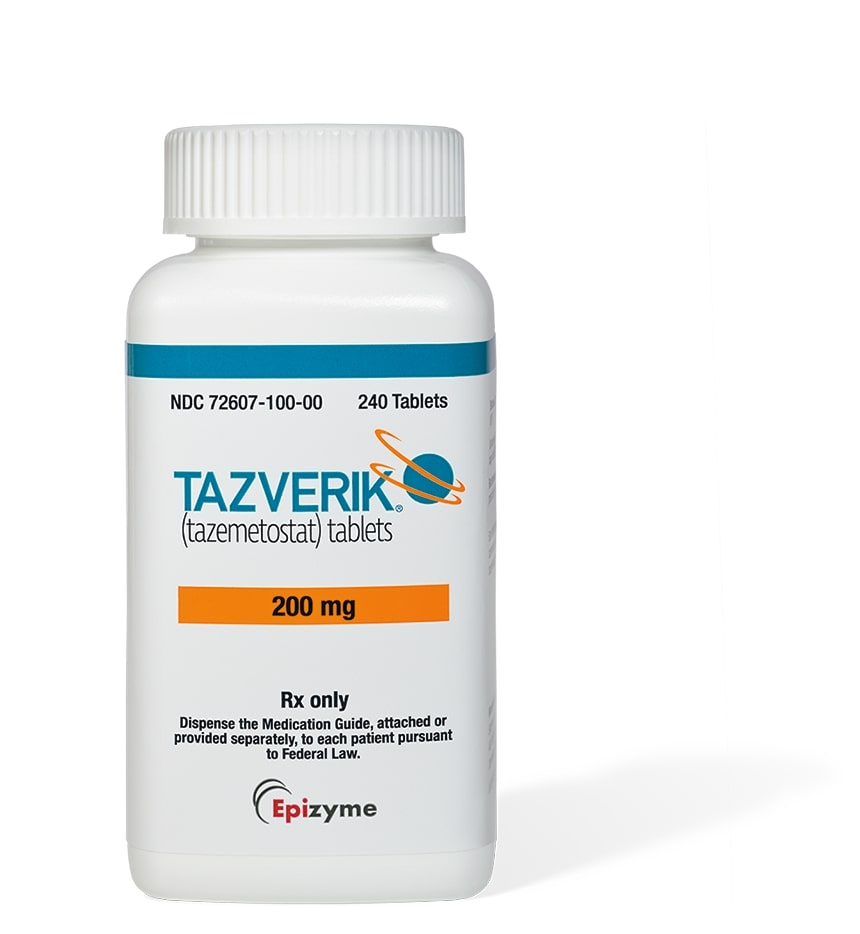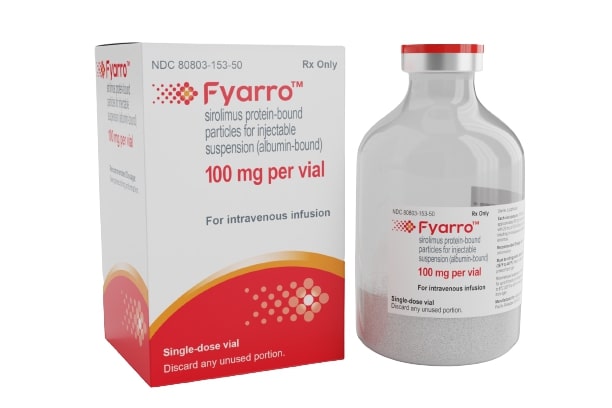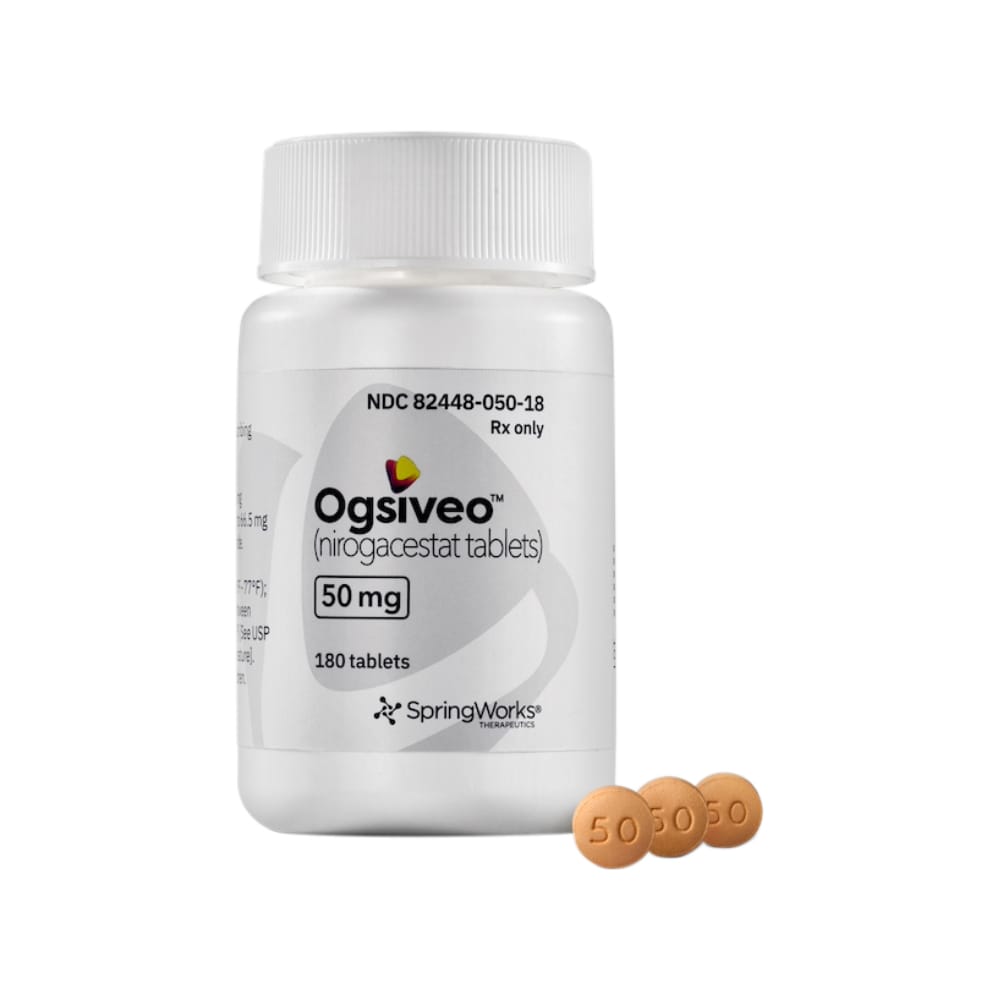New Soft Tissue Sarcoma treatments 2024
New Soft Tissue Sarcoma Treatments 2024
Soft tissue sarcoma is a type of cancer that arises from the soft tissues of the body, including muscles, fat, blood vessels, nerves, tendons, and the lining of joints. It is a rare form of cancer, accounting for less than 1% of all cancer cases. Soft tissue sarcomas can occur at any age, but some types are more common in children, while others are more frequently diagnosed in adults. Symptoms may vary depending on the tumor's location but can include a noticeable lump or swelling, pain, or a decrease in mobility. Early detection and treatment are crucial for improving the prognosis of those affected by this disease.
Treatment options for soft tissue sarcoma depend on the stage and grade of the tumor, its location, and the patient's overall health. Surgery is often the primary treatment to remove the tumor, sometimes followed by radiation therapy or chemotherapy to reduce the risk of recurrence. In some cases, targeted therapy drugs that specifically attack cancer cells may be used, particularly when the sarcoma is advanced or has spread to other parts of the body. Clinical trials may also provide access to cutting-edge treatments and new drugs that are not yet widely available. Patients should discuss with their healthcare team to understand the potential benefits and risks of each treatment option to make an informed decision that aligns with their personal health goals and preferences.

Treatment options
| Treatment option | Estimated cost | Efficacy | Eligibility |
|---|---|---|---|
| Surgery | Varies widely based on procedure complexity | High for localized tumors | Patients with resectable tumors |
| Radiation Therapy | $2,000 - $10,000 | Moderate to high depending on stage | Most patients, especially when surgery is not an option |
| Chemotherapy | $1,000 - $12,000 | Variable, often used as adjuvant therapy | Patients with advanced or metastatic disease |
| Targeted Therapy (e.g., Imatinib) | $8,000 - $20,000 | High for specific genetic mutations | Patients with tumors that have certain genetic changes |
| Immunotherapy | $10,000 - $30,000 | Variable, emerging data for certain subtypes | Selected patients, often in clinical trials |
| Tazverik (Tazemetostat) | $15,000 - $20,000 | Moderate for specific genetic profiles | Patients with epithelioid sarcoma |
| Fyarro (Sirolimus protein-bound particles) | $20,000 - $25,000 | Moderate for advanced malignant perivascular epithelioid cell tumors (PEComa) | Patients with advanced PEComa |
| Ogsiveo (Nivolumab and Ipilimumab) | $30,000 - $50,000 | Variable, some promising results in clinical trials | Patients with advanced disease, often in clinical trials |
| Experimental Treatments | Cost covered by research programs | Unknown, under investigation | Eligible patients enrolled in clinical trials |
Treatments options in detail
Standard Treatments for Soft Tissue Sarcoma
Surgery is often the primary treatment for soft tissue sarcoma. The goal of surgery is to remove the tumor along with some surrounding healthy tissue to ensure complete removal. In some cases, limb-sparing surgery is performed to avoid amputation. If the sarcoma is too large or in a difficult location, other treatments may be used before surgery to shrink the tumor.
Radiation therapy is another common treatment, which may be used before surgery to shrink the tumor or after surgery to kill any remaining cancer cells. It can also be a standalone treatment if surgery is not an option. External beam radiation therapy is the most common form used for soft tissue sarcoma.
Chemotherapy may be used for certain types of soft tissue sarcoma, especially if the cancer has spread to other parts of the body (metastasized). It can be given before or after surgery or as a standalone treatment. Common chemotherapy drugs for soft tissue sarcoma include doxorubicin, ifosfamide, and dacarbazine.
Targeted therapy is a treatment that uses drugs or other substances to identify and attack specific cancer cells. For instance, drugs like imatinib (Gleevec) or pazopanib (Votrient) may be used for certain types of soft tissue sarcomas that have specific genetic mutations or characteristics.
Medications for Specific Subtypes of Soft Tissue Sarcoma
Tazemetostat (Tazverik) is an FDA-approved medication for the treatment of adults and pediatric patients aged 16 years and older with metastatic or locally advanced epithelioid sarcoma not eligible for complete resection. Tazemetostat is an enhancer of zeste homolog 2 (EZH2) inhibitor, which works by blocking the activity of the EZH2 enzyme, thereby inhibiting the growth of tumor cells.
Sirolimus protein-bound particles for injectable suspension (albumin-bound) (Fyarro) is an mTOR inhibitor approved for the treatment of adult patients with locally advanced unresectable or metastatic malignant perivascular epithelioid cell tumor (PEComa). Fyarro works by targeting the mTOR pathway, which is known to be dysregulated in PEComas.
Nivolumab (Opdivo), also known as Ogsiveo in some regions, is a PD-1 blocking antibody that has shown effectiveness in treating certain types of soft tissue sarcoma. It is an immunotherapy that helps the immune system to attack cancer cells. While not specifically approved for all soft tissue sarcomas, it may be considered in specific cases, especially where the cancer has not responded to other treatments.
Experimental and Off-Label Treatments
There are ongoing clinical trials exploring new medications and combinations of treatments for soft tissue sarcoma. These experimental treatments include new targeted therapies, immunotherapies, and chemotherapy drugs. Patients interested in experimental treatments may consider enrolling in a clinical trial.
Off-label drug use involves prescribing drugs for an unapproved indication or in an unapproved age group, dosage, or route of administration. In the case of soft tissue sarcoma, certain drugs approved for other cancers may be used off-label when the sarcoma has specific genetic features that are known to respond to these drugs. The decision to use a drug off-label is typically based on evidence from case reports, clinical experience, or literature supporting the drug's use in a specific scenario.
Supportive Care and Rehabilitation
Supportive care is an important part of the treatment plan for patients with soft tissue sarcoma. This includes managing symptoms and side effects of the disease and its treatment. Pain management, physical therapy, and occupational therapy may be necessary for some patients, particularly those who have had surgery or are experiencing functional limitations due to the tumor or treatment.
Nutritional support and psychological counseling may also be beneficial for patients and their families, as dealing with a cancer diagnosis and treatment can be emotionally challenging. Palliative care services can improve the quality of life for patients with advanced disease by addressing pain, symptoms, and stress.
Conclusion
The treatment options for soft tissue sarcoma are diverse and often depend on the specific type, location, and stage of the cancer, as well as the patient's overall health and preferences. Standard treatments like surgery, radiation therapy, and chemotherapy are the cornerstones of therapy. Targeted therapies such as Tazverik and Fyarro, as well as immunotherapies like Ogsiveo, represent newer treatment modalities that are tailored to specific subtypes of soft tissue sarcoma.
Experimental treatments and off-label drug use offer additional possibilities but should be considered within the context of clinical trials or after thorough discussion of the potential risks and benefits. Supportive care remains a critical component of the overall treatment strategy, ensuring that patients maintain the best possible quality of life during and after treatment. As research advances, the hope is that more effective and less toxic treatments will become available for patients with soft tissue sarcoma.
Symptoms
Symptoms of Soft Tissue Sarcoma
Soft tissue sarcomas are a group of cancers that arise in the tissues that connect, support, and surround other body structures. This includes muscles, fat, blood vessels, nerves, tendons, and the lining of joints. The symptoms of soft tissue sarcoma can vary greatly depending on the size, location, and type of the tumor. However, there are some common symptoms that individuals may experience.
The most common symptom of soft tissue sarcoma is a painless lump or mass. As the tumor grows, it can create a noticeable lump that may increase in size over time. While these lumps can develop anywhere in the body, they are most frequently found in the arms or legs. It is important to note that not all lumps or masses will be cancerous, but any persistent lump should be evaluated by a healthcare professional.
When the tumor is located in an extremity, such as an arm or leg, it can cause localized swelling or an increase in the size of the limb. This swelling may not be accompanied by pain initially, but as the tumor grows, it can press on nearby nerves or muscles, leading to discomfort or pain.
Pain is another symptom that may be associated with soft tissue sarcoma. The pain may be caused by the tumor pressing on nerves or muscles and can range from mild to severe. It may worsen with activity or at night. If the tumor is pressing on nerves, individuals may also experience tingling, numbness, or weakness in the affected area.
Soft tissue sarcomas that develop in the abdomen may cause abdominal pain or a sensation of fullness, even after eating a small amount of food. These tumors can be particularly difficult to detect because the abdomen has ample space for a tumor to grow undetected. As such, tumors in this area may not cause symptoms until they are quite large.
Some soft tissue sarcomas can cause functional disturbances depending on their location. For example, if the tumor is near joints, it may restrict the range of motion and make it difficult to move the affected limb. If the sarcoma is in the gastrointestinal tract, it can lead to symptoms such as vomiting, constipation, or blood in the stool.
Soft tissue sarcomas can also cause systemic symptoms, which are not localized to the tumor area. These can include unintended weight loss, fatigue, anemia, or fever. These symptoms are less specific and can be associated with a variety of medical conditions, making them less useful in the early detection of soft tissue sarcoma.
In rare cases, soft tissue sarcomas may cause symptoms related to the release of substances by the tumor or by the body's reaction to the tumor. These paraneoplastic syndromes can lead to symptoms such as hypoglycemia (low blood sugar), hypercalcemia (high calcium levels in the blood), or other hormonal imbalances.
It is important to recognize that many of these symptoms can be caused by conditions other than soft tissue sarcoma. However, any persistent, unusual, or worsening symptoms should prompt an individual to seek medical evaluation. Early detection and diagnosis of soft tissue sarcoma are crucial for effective treatment and better outcomes.
Given the potential for soft tissue sarcomas to grow undetected and the variability of symptoms, individuals should maintain regular medical check-ups, particularly if they have risk factors for this type of cancer. Prompt attention to any new or changing lumps, pain, or other symptoms described above is essential for early intervention and management.
Cure
Treatment Options for Soft Tissue Sarcoma
Soft tissue sarcoma is a type of cancer that arises from the soft tissues of the body, including muscles, fat, blood vessels, nerves, tendons, and the lining of joints. While it is not accurate to say that there is a definitive cure for soft tissue sarcoma, there are various treatments available that can effectively manage the disease, potentially leading to remission in some cases. The likelihood of achieving disease-free status depends on several factors, including the type, stage, and location of the sarcoma, as well as the patient's overall health.
Surgical Treatment
Surgery is the most common treatment for soft tissue sarcoma and offers the best chance for a cure, especially if the cancer is localized and can be completely removed. The goal of surgery is to remove the tumor along with a margin of healthy tissue around it to ensure that no cancer cells remain. In some cases, limb-sparing surgery can be performed to avoid amputation. However, if the sarcoma is too large or is located in a place where it affects critical structures, more extensive surgery may be necessary.
Radiation Therapy
Radiation therapy is often used in combination with surgery. It may be administered before surgery to shrink the tumor and make it easier to remove, or after surgery to destroy any remaining cancer cells. Radiation can also be used as a palliative treatment to relieve symptoms if the sarcoma cannot be surgically removed. While radiation therapy can be very effective, it is not considered a cure on its own but rather a part of a multimodal treatment approach.
Chemotherapy
Chemotherapy uses drugs to destroy cancer cells and may be used for certain types of soft tissue sarcoma. It can be administered before surgery (neoadjuvant chemotherapy) to shrink the tumor, after surgery (adjuvant chemotherapy) to kill any remaining cancer cells, or as the main treatment if the sarcoma has spread (metastasized) and cannot be removed surgically. Chemotherapy is not always effective for all types of soft tissue sarcoma, but it can be part of a curative approach in specific cases.
Targeted Therapy
Targeted therapy is a newer form of treatment that targets specific genes, proteins, or the tissue environment that contributes to cancer growth and survival. This type of treatment can block the growth and spread of cancer cells while limiting damage to normal cells. Some targeted therapies are being used for soft tissue sarcomas that have specific genetic mutations. While promising, targeted therapy is generally not considered a cure but is used to manage the disease, especially in advanced stages.
Immunotherapy
Immunotherapy is a type of cancer treatment that helps the immune system fight cancer. It has shown promise in treating certain types of soft tissue sarcoma. Immunotherapy drugs can boost the body's natural defenses to fight the cancer or can change the way the immune system interacts with cancer cells. Like targeted therapy, immunotherapy is not typically curative but can be an important part of a treatment plan for some patients.
Clinical Trials
Patients with soft tissue sarcoma may also consider participating in clinical trials. Clinical trials can provide access to new and innovative treatments that are not yet widely available. These may include new chemotherapy drugs, targeted therapies, immunotherapies, or combination treatments. Participation in clinical trials can offer the potential for effective treatment and contribute to the advancement of medical knowledge.
Factors Affecting Treatment Success
The success of treatment for soft tissue sarcoma depends on various factors. Early-stage sarcomas that are small and localized have the highest potential for successful treatment. Larger tumors, those that have spread to other parts of the body, or those located in less accessible areas may be more challenging to treat effectively. Additionally, the specific type of sarcoma and its grade (how abnormal the cancer cells look under a microscope and how quickly the tumor is likely to grow and spread) can influence treatment outcomes.
Recurrence and Follow-up
Even after successful treatment, soft tissue sarcomas can recur. Regular follow-up with a healthcare provider is crucial to monitor for recurrence of the disease. Follow-up typically includes physical exams, imaging tests, and sometimes lab tests. Early detection of a recurrence can improve the chances of successful treatment.
Conclusion
In conclusion, while there is no guaranteed cure for soft tissue sarcoma, there are several treatment options that can lead to remission and potentially long-term control of the disease. The best treatment plan is individualized, taking into account the type, stage, and location of the sarcoma, as well as the patient's overall health and preferences. Ongoing research continues to explore new treatments and strategies to improve outcomes for patients with soft tissue sarcoma.
Access Soft Tissue Sarcoma medicines today
If Soft Tissue Sarcoma medicines are not approved or available in your country (e.g. due to supply issues), you can access them via Everyone.org.
How Everyone.org works

Make an enquiry
Choose the medicine you want to access, answer a couple of questions, and upload your prescription to speed things up. We’ll get back to you within 24 hours.


Make an enquiry
Choose the medicine you want to access, answer a couple of questions, and upload your prescription to speed things up. We’ll get back to you within 24 hours.


Breeze through the paperwork
We'll guide you through the required documents for importing unapproved medicine, ensuring you have all the necessary information.


Get a personalized quote
We’ll prepare a quote for you, including medicine costs and any shipping, administrative, or import fees that may apply.


Receive your medicine
Accept the quote and we’ll handle the rest - sourcing and safely delivering your medicine.

Some text on this page has been automatically generated. Speak to your physician before you start a new treatment or medication.
Let's talk
If you have any questions, call us or send us a message through WhatsApp or email:
Contact us





